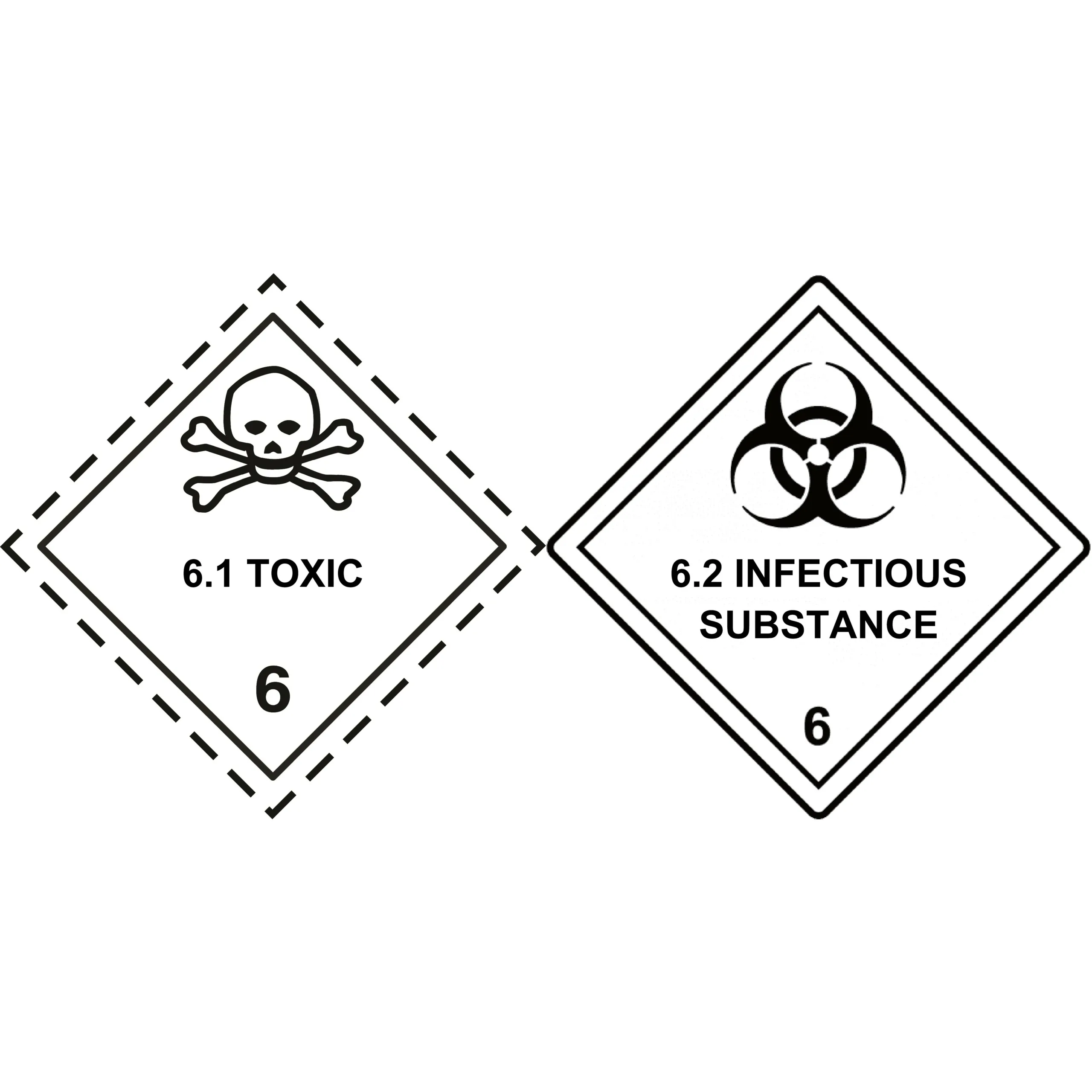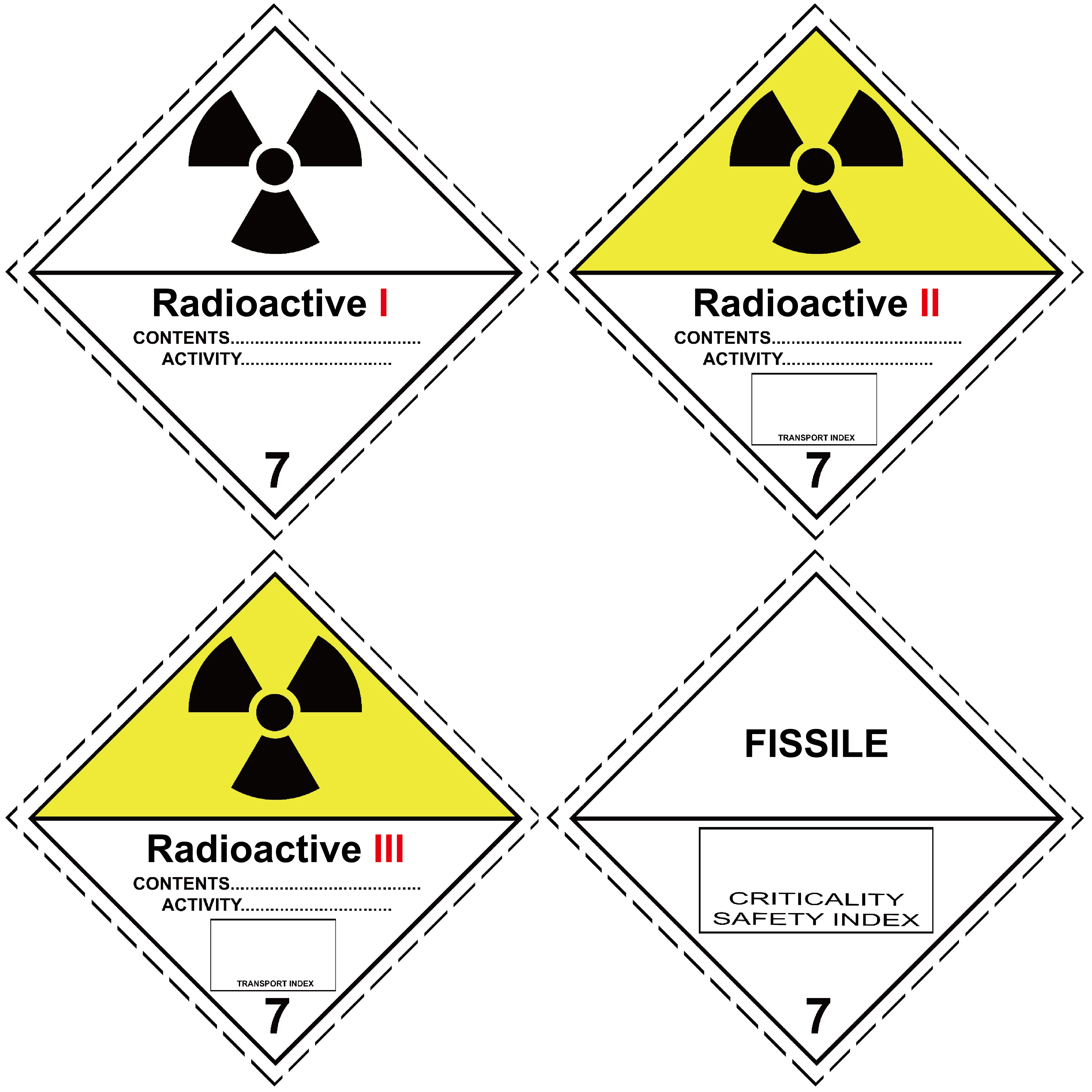What Are Dangerous Goods? A Quick Guide to Hazard Classification and Transport Regulations
Dangerous goods refer to items that, during transportation, may pose risks to human health, vessel safety, property, or the environment. Transporting such goods requires proper classification and packaging, strictly adhering to international standards such as those from the IMO and IMDG Code. Continue reading to learn more about the different types of hazardous materials and their transport rules.
1. Understanding Hazardous Material Classification for Safer Transport
If you’re planning to ship goods, it’s essential to understand what qualifies as dangerous goods. They are divided into nine major classes. Proper classification ensures legal compliance and safety during transport. For efficient and secure delivery, always work with professional logistics providers who are diligent, dedicated, and experienced in handling hazardous materials.
Overview of Hazardous Material Classes :
Class 1 : Explosives
1.1 Substances or items with a risk of mass explosion (i.e., an event that affects the entire load instantly upon initiation).
1.2 Items with a projection hazard but not a mass explosion hazard.
1.3 Items with fire hazards, minor explosion or projection hazards, or both, without mass explosion risks.
1.4 Substances with no significant hazard.
1.5 Very insensitive items with a mass explosion risk.
1.6 Extremely insensitive items with no mass explosion risk.

Class 2 : Gases
2.1 Flammable gases
2.2 Non-flammable, non-toxic gases
2.3 Toxic gases

Class 3 : Flammable Liquids

Class 4: Flammable Solids, Spontaneously Combustible, and Water-Reactive Substances
4.1 Flammable solids
4.2 Spontaneously combustible substances
4.3 Substances dangerous when wet

Class 5 : Oxidizing Substances and Organic Peroxides
5.1 Oxidizing substances
5.2 Organic peroxides

Class 6 : Toxic and Infectious Substances
6.1 Toxic substances
6.2 Infectious substances

Class 7 : Radioactive Materials
Radioactive I
Radioactive II
Radioactive III
Fissile material

Class 8 : Corrosive Substances

Class 9 : Miscellaneous Dangerous Goods

Marine pollutants

2. Key Regulations for Dangerous Goods Transportation
(1) Proper Classification and Labelling of Dangerous Goods Are Essential
Before transportation, all dangerous goods must be correctly classified and packaged in compliance with the International Maritime Dangerous Goods (IMDG) Code. Packaging must bear clear dangerous goods labels, which identify the nature of the risk. These labels assist emergency responders in taking appropriate actions swiftly in case of accidents.
(2) Accurate Documentation Is Mandatory
The shipment must be accompanied by the proper documentation, including a Dangerous Goods Declaration and Material Safety Data Sheet (MSDS). These documents ensure safe handling throughout every step of the supply chain.
Further Reading : How to Understand the MSDS (Material Safety Data Sheet) and Key Details to Watch For
(3) Only Trained Personnel Should Handle Dangerous Goods
Personnel involved in the transportation of dangerous goods must be properly certified and trained. Additionally, the vessels and equipment used must meet specific safety standards, including structural design, maintenance, and operational protocols.
Published Date : February 3, 2025
